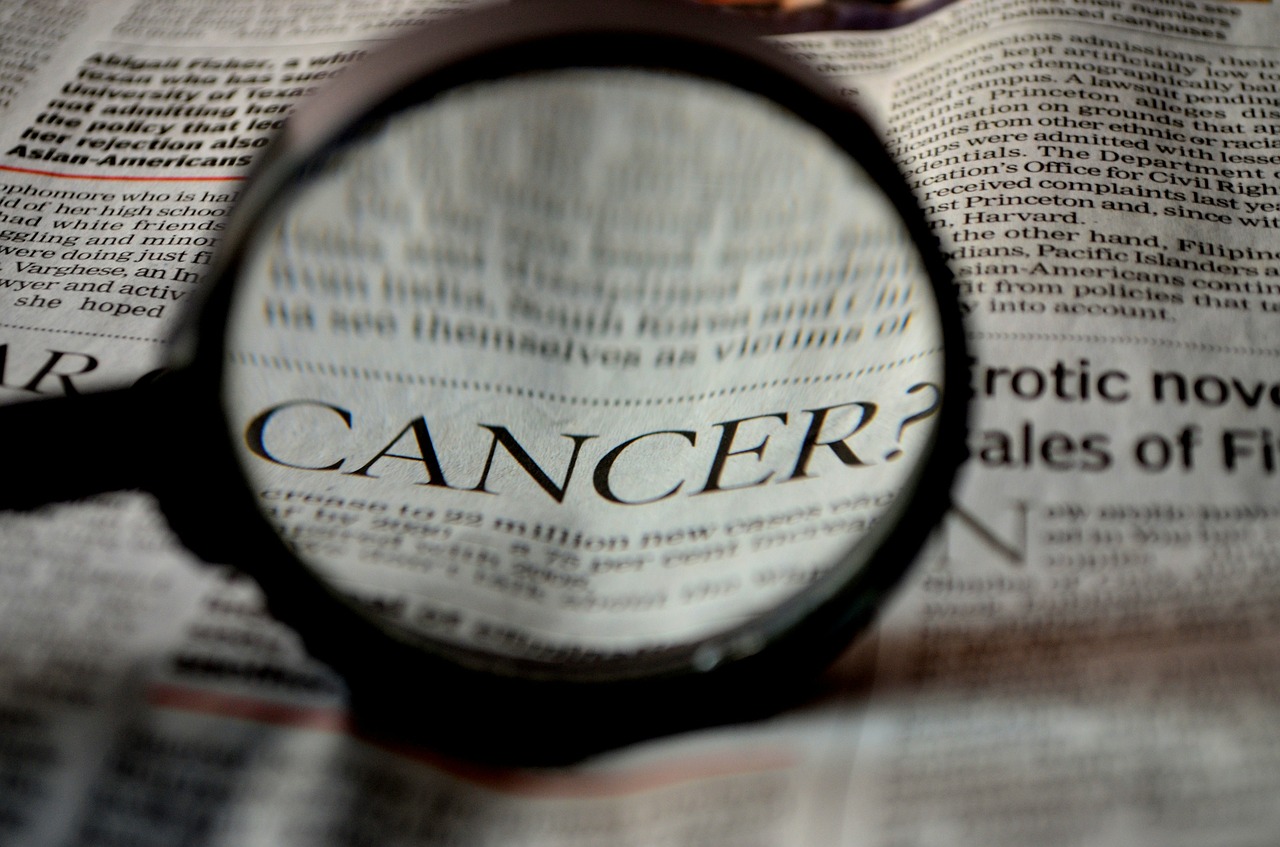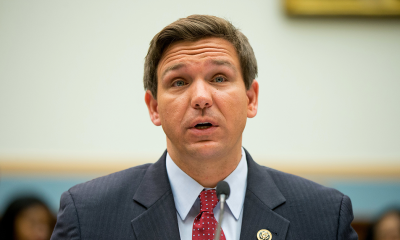The American Cancer Society recently revealed that the rate of people dying from cancer in the United States has continued to decline, setting another record in the past three decades.
In a report published in CA: A Cancer Journal for Clinicians last Thursday, the organization indicated that the U.S. cancer death rate has fallen 33% since 1991. This translates to 3.8 million patients surviving their cancer battles.
Every year, the organization complies with the most recent figures on population-based cancer cases and outcomes using updated incidence data from the National Center for Health Statistics and the central cancer registries.
For 2023, 1,958,310 new cancer cases — around 5,000 cases a day — and 609,820 deaths are expected to occur in the country.
In previous years, the rate of deaths due to liver cancer shrunk by 1.5% between 2019 and 2020. Meanwhile, lung cancer in women (1.1%) reportedly dipped at one-half the pace of men (2.6%) from 2016 through 2019.
The report also showed a 65% drop in cervical cancer incidence among women in their early 20s from 2012 to 2019, foreshadowing steep reductions in human papillomavirus-related cancers in women.
Though cancer remains to be the second leading cause of death in the U.S. and a major health problem worldwide, the 33% decline in mortality is “truly formidable,” the Society’s chief executive officer Karen Knudsen said, as quoted by CNN.
She reiterated the report’s findings by mentioning the different reasons for the continued decline in cancer deaths, including cancer treatment advancements, early detection and lower smoking incidence.
“New revelations for prevention, for early detection and for treatment have resulted in true, meaningful gains in many of the 200 diseases that we call cancer,” Knudsen added.
However, Knudsen admitted that the report did not include the reduced screenings during the pandemic. Many people skipped regular medical exams amid the lockdowns and restrictions, leading to delayed screenings and diagnoses across the country.
“This time next year, I believe our report will give some initial insight into what the impact was in the pandemic of cancer incidence and cancer mortality,” she said.
















